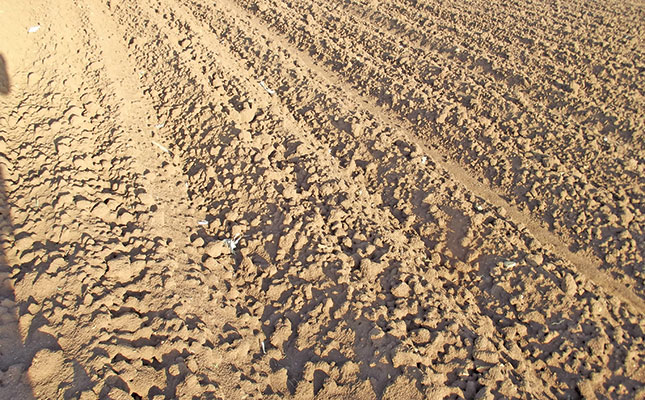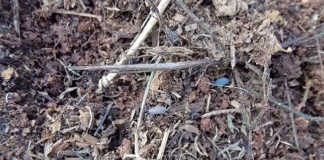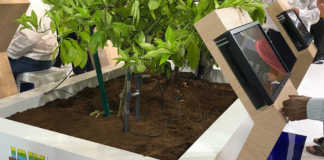
Photo: Bill Kerr
To make a success of farming requires a disciplined work schedule, yet the weather, broken
implements, punctures and many other factors can intervene, causing unplanned delays.
As a result, it’s tempting to take shortcuts, but these can ultimately cause more problems. For example, the plants might arrive from the seedling grower as scheduled, but in the meantime, rain has fallen! If you press ahead and prepare the land when the soil is still too moist, you could end up damaging the soil structure and harming the planted crop.
In one of his books, well-known US agronomist Neil Kinsley says that cultivating wet soil causes a loss of up to 2% of the organic content. When visiting a client of mine, I found him rotavating wet soil to plant lettuce. I warned him that this might cause problems for
him down the road, and made a note to check on the crop later.
Upon doing so, I found that the crop had indeed not thrived and he had lost a large percentage of it to the pathogen Pythium. If this farmer had simply waited for another five days or so and stressed the seedlings to slow down growth, he would have harvested a good crop that would have earned him a better price.
Clods
On occasion, farmers who have ploughed wet soil and a little later carry out final land
preparation, try to break up the clods with a suitable implement. Usually, they end up with
smaller clods, which enables them to do the planting.
But these small clods can be almost like stones, blocking roots from penetration and effectively reducing the amount of soil in the area where the roots feed.
In some soils, depending on the composition, these clods can last for several years. They can also be home to anaerobic bacteria, which are certainly not what you want to have in your soil.
The trouble with wheels
Sending tractors and trailers into the land for harvesting when the soil is still too moist is also problematic. I have come across farmers so determined to remove the crop in this way that they have chained two tractors together to pull a harvester through the muddy land.
I once worked for a large farming estate where we were not allowed, under any circumstances, to drive even our bakkies onto a ploughed land.
Bill Kerr is a vegetable specialist and a breeder of a range of vegetables.










